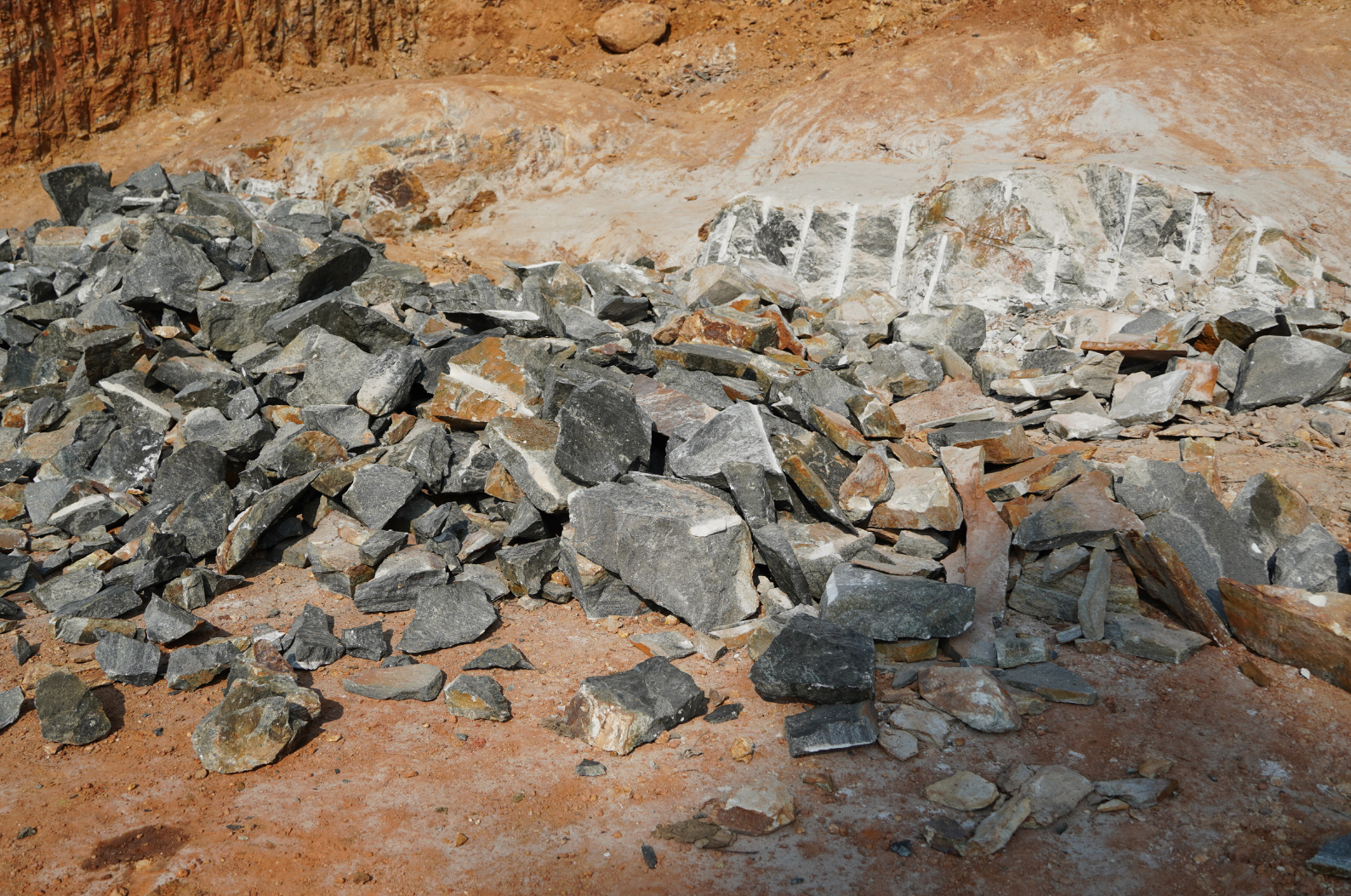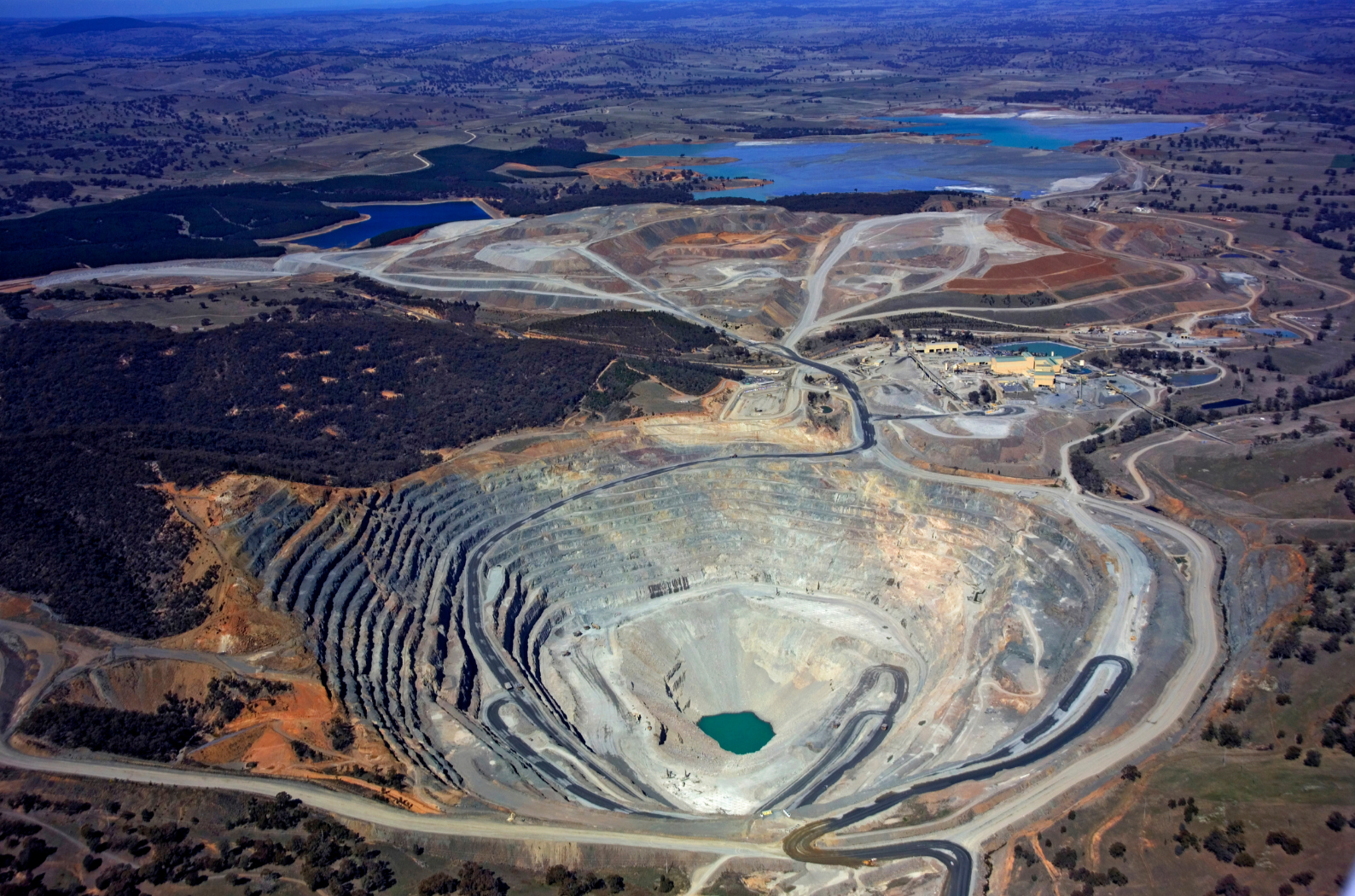Readiness Level For Future SCMs
As the construction industry is evolving through the implementation of more sustainable practices, processes and products, there has been a substantial movement towards to the development and reinvestigation of numerous pozzolans. Though cement will inevitably be used in the future alongside other civil materials, the move to decarbonise the cement industry is imperative. Conventional SCMs (supplementary cementitious materials) such as fly ash and GGBFS (ground granulated blast furnace slag) have assisted with the reduction of embodied carbon in concrete for many years.
There is a significant amount of research as well as both short and long-term data associated with these two by-products. The question is, when we no longer have these traditional SCMs, what will we use to reduce the embodied carbon in concrete whilst maintaining strength, durability and many other properties essential to the longevity of concrete structures? Will emerging SCMs such as lithium by product, calcined clay, dam (harvested) ash and volcanic ash provide a viable alternative and how is this quantified?
 .
. 
Cement Australia has been investigating these emerging materials for more than a decade and recently developed a system to categorise these alternative SCMs via a VAM (Viability Assessment Matrix). The purpose of this matrix is to determine the viability of a given pozzolan by assessing its performance, embodied carbon contribution, available quantity, market demand, processing cost and social liability.
Regular re-evaluation is also important as while many of these pozzolans are not new, technical understanding and manufacturing systems have improved over time allowing for more efficient processing methods. When assessing these alternative SCMs, a direct comparison to traditional fly ash and/or GGBFS is made.
Cement Australia sees the importance of investigating alternative SCMs and will continue to use the VAM system to categorise and direct resourcing to the most viable alternative SCM’s to replace conventional SCMs in the future. The short term solution of optimising both fly ash and GGBFS in concrete will continue as technical assessments and evaluations to obtain both laboratory and field data on alternative SCMs commence.
This article was contributed by Olivia Alexis, Cement Australia.
